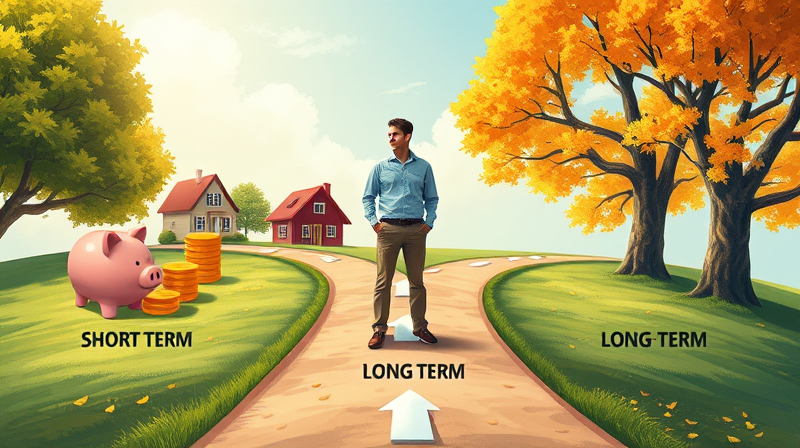
In an era defined by geopolitical tensions, shifting monetary policies, and rapid technological change, financial markets have become synonymous with unpredictability. Headlines highlighting sudden sell-offs, unexpected economic data, and volatile commodity prices can trigger anxiety for both novice and seasoned investors. When uncertainty looms large, many find themselves wondering how to stay invested without losing sleep over each market blip.
Low-volatility exchange-traded funds (ETFs) have emerged as a compelling solution for those seeking a more stable investment experience. By prioritizing steady, well-behaved stocks, these funds aim to dampen the impact of market swings while still providing the growth potential of equities. They offer a bridge between aggressive pursuit of returns and the desire for capital preservation.
Low-volatility ETFs, sometimes called “min vol” or “low vol” funds, track specially constructed indexes that reveal a historical preference for stability. Rather than chasing the highest-flying stocks, these funds focus on companies whose share prices exhibit steadier, more predictable behavior.
Rooted in academic research on the “low volatility anomaly,” these strategies defy the traditional risk-return trade-off by showing that lower-risk stocks can outperform on a risk-adjusted basis over the long run. By capturing this anomaly, low-volatility ETFs provide a method to navigate markets without sacrificing opportunity.
At their core, low-volatility ETFs systematically evaluate stock price histories to identify companies with lower standard deviations of returns. This process leverages quantitative models to ensure consistency and remove emotional bias from investment decisions.
Through these mechanisms, low-volatility ETFs can maintain a portfolio that behaves differently from broad market benchmarks, often smoothing performance during turbulent periods.
One key attraction of these funds is their ability to reduce portfolio fluctuations and stress. Investors who hold low-volatility ETFs often experience milder drawdowns when markets decline, which can be especially comforting during steep sell-offs.
Moreover, by avoiding the wildest swings, portfolios can recover more quickly when market sentiment turns positive. This dynamic contributes to faster recovery profiles after downturns and less emotional strain, encouraging long-term discipline.
Investors benefit from smoother returns through periods of uncertainty and stress, meaningful participation in market upside, and greater exposure to defensive sectors that typically perform more predictably when risk aversion rises.
Despite their appeal, low-volatility ETFs are not immune to market weakness. In powerful bull markets driven by high-growth, high-volatility equity names, these funds can lag broader indexes. Investors should be prepared for this potential underperformance during strong rallies.
Additionally, popular low-volatility stocks can become crowded trades. Elevated valuations may limit future upside, and sector tilts can lead to concentration risk if defensive industries fall out of favor. Importantly, these ETFs still face the possibility of losses during extreme market events—they reduce, but do not eliminate, risk.
Low-volatility ETFs can serve as a strategic anchor in diversified portfolios, offering capital preservation during market chaos. To harness their benefits:
By following these guidelines, investors can integrate low-volatility ETFs thoughtfully, maintaining balance between growth and protection.
Market volatility can test the resolve of even the most experienced investors. Low-volatility ETFs offer a disciplined, quantitative approach to balanced, risk-managed equity exposure that can withstand turbulent conditions without resorting to cash or bonds alone.
While these funds may trail in robust bull markets, their capacity to smooth returns and support quicker recoveries makes them a valuable tool for those prioritizing stability. By understanding their design, weighing potential drawbacks, and applying clear tactical rules, you can incorporate low-volatility ETFs into your portfolio and weather market storms with confidence.
References













